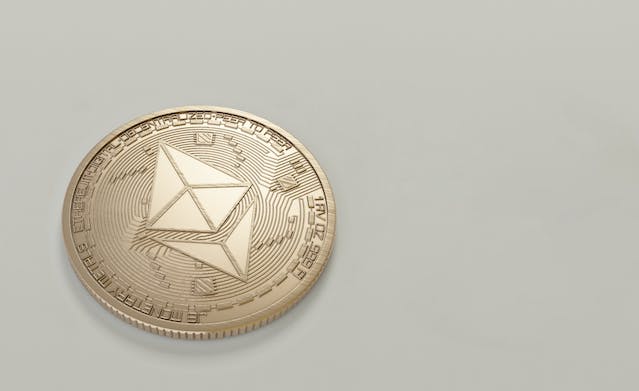Ethereum vs. Ethereum Killers: What’s the Future of Smart Contracts?
The battle for the crown of smart contracts is fiercely fought, with each contender staking its claim on efficiency, scalability, and innovation. While Ethereum currently reigns supreme, a band of ambitious challengers, dubbed “Ethereum Killers,” are vying for its throne. Let’s compare and contrast these leading platforms to understand the future of smart contracts:

1. Ethereum: The King in Waiting
- Advantages: Established ecosystem, largest developer community, high security with battle-tested PoW, diverse dApp landscape.
- Disadvantages: High transaction fees and network congestion, slow transaction speeds, upgrades taking time to implement.
2. Solana: The Speed Demon
Both Solana (Ethereum Killer) and Ethereum are prominent players in the world of blockchain technology, but they boast different strengths and weaknesses. Choosing between them depends on your specific needs and priorities.
- Advantages: Blazing-fast transaction speeds (50,000+ TPS), low fees, unique hybrid PoS/PoH consensus mechanism.
- Disadvantages: Relatively new ecosystem, smaller developer community, potential centralization concerns due to validator structure.
3. Cardano (Ethereum Killer) : The Eco-Conscious Scholar
Both Cardano (ADA) and Ethereum (ETH) are leading smart contract platforms vying for dominance in the ever-evolving cryptocurrency landscape. Choosing between them can be daunting for investors and enthusiasts alike, as both offer unique strengths and weaknesses.
- Advantages: Scalable and secure PoS with Ouroboros, focus on sustainability, methodical and research-driven development.
- Disadvantages: Ecosystem still developing, smart contracts recently launched, slower development pace compared to others.
4. Avalanche: The Subnet Savior
Both Avalanche (Ethereum Killer) and Ethereum are leading smart contract platforms vying for dominance in the decentralized world. Each boasts unique strengths and weaknesses, making the choice between them a matter of understanding your priorities.
- Advantages: Highly scalable through customizable subnets, fast transaction speeds, low fees, strong developer community.
- Disadvantages: Network complexity, potential security concerns with validator selection mechanism, relatively young ecosystem.
Other Promising Projects:
Other Promising Projects Who has potential to Become Ethereum Killers –
- Polkadot (DOT): Focuses on interoperability between different blockchains, aiming to create a truly interconnected blockchain ecosystem.
- Fantom (FTM): A highly scalable platform with fast transaction speeds and low fees, attracting DeFi and NFT projects.
- Tezos (XTZ): A self-amending platform with a focus on security and energy efficiency. Offers a mature governance system and growing ecosystem.
- Cosmos (ATOM): An interconnected network of specialized blockchains designed for specific use cases, offering high scalability and customization.
The Future of Smart Contracts: A Multi-Chain World?
Predicting the future is fraught with peril, but one thing seems clear: the future of smart contracts won’t be a winner-takes-all affair. Each platform possesses unique strengths and weaknesses, catering to different user needs and dApp functionalities.
Here are Some Potential Scenarios:
- Coexistence: Ethereum remains the dominant platform for complex dApps, while “Ethereum Killers” find niches in high-throughput applications like DeFi and gaming.
- Interoperability: Interoperability protocols bridge the gap between chains, allowing seamless data and value transfer, creating a more interconnected ecosystem.
- Hybrid Solutions: Developers leverage strengths of different platforms for specific functionalities within a single dApp.
Conclusion: The smart contract landscape is rapidly evolving. While Ethereum faces scalability challenges, its established ecosystem and developer community remain formidable. The “Ethereum Killers” offer exciting alternatives with innovative solutions, but they each present their own trade-offs. Ultimately, the future of smart contracts lies in a diverse and interconnected ecosystem where different platforms cater to specific needs, fostering innovation and benefiting users and developers alike.
Remember: This is a complex landscape, and thorough research is crucial before making any investment decisions related to specific platforms or projects.
Read More Here: Top 10 Altcoins You Should Know About in 2024